I have some authors with their city or country of affiliation. I would like to know if it is possible to plot the coauthors' networks (figure 1), on the map, having the coordinates of the countries. Please consider multiple authors from the same country. [EDIT: Several networks could be generated as in the example and should not show avoidable overlaps]. This is intended for dozens of authors. A zooming option is desirable. Bounty promise +100 for future better answer.
refs5 <- read.table(text="
row bibtype year volume number pages title journal author
Bennett_1995 article 1995 76 <NA> 113--176 angiosperms. \"Annals of Botany\" \"Bennett Md, Leitch Ij\"
Bennett_1997 article 1997 80 2 169--196 estimates. \"Annals of Botany\" \"Bennett MD, Leitch IJ\"
Bennett_1998 article 1998 82 SUPPL.A 121--134 weeds. \"Annals of Botany\" \"Bennett MD, Leitch IJ, Hanson L\"
Bennett_2000 article 2000 82 SUPPL.A 121--134 weeds. \"Annals of Botany\" \"Bennett MD, Someone IJ\"
Leitch_2001 article 2001 83 SUPPL.A 121--134 weeds. \"Annals of Botany\" \"Leitch IJ, Someone IJ\"
New_2002 article 2002 84 SUPPL.A 121--134 weeds. \"Annals of Botany\" \"New IJ, Else IJ\"" , header=TRUE,stringsAsFactors=FALSE)
rownames(refs5) <- refs5[,1]
refs5<-refs5[,2:9]
citations <- as.BibEntry(refs5)
authorsl <- lapply(citations, function(x) as.character(toupper(x$author)))
unique.authorsl<-unique(unlist(authorsl))
coauth.table <- matrix(nrow=length(unique.authorsl),
ncol = length(unique.authorsl),
dimnames = list(unique.authorsl, unique.authorsl), 0)
for(i in 1:length(citations)){
paper.auth <- unlist(authorsl[[i]])
coauth.table[paper.auth,paper.auth] <- coauth.table[paper.auth,paper.auth] + 1
}
coauth.table <- coauth.table[rowSums(coauth.table)>0, colSums(coauth.table)>0]
diag(coauth.table) <- 0
coauthors<-coauth.table
bip = network(coauthors,
matrix.type = "adjacency",
ignore.eval = FALSE,
names.eval = "weights")
authorcountry <- read.table(text="
author country
1 \"LEITCH IJ\" Argentina
2 \"HANSON L\" USA
3 \"BENNETT MD\" Brazil
4 \"SOMEONE IJ\" Brazil
5 \"NEW IJ\" Brazil
6 \"ELSE IJ\" Brazil",header=TRUE,fill=TRUE,stringsAsFactors=FALSE)
matched<- authorcountry$country[match(unique.authorsl, authorcountry$author)]
bip %v% "Country" = matched
colorsmanual<-c("red","darkgray","gainsboro")
names(colorsmanual) <- unique(matched)
gdata<- ggnet2(bip, color = "Country", palette = colorsmanual, legend.position = "right",label = TRUE,
alpha = 0.9, label.size = 3, edge.size="weights",
size="degree", size.legend="Degree Centrality") + theme(legend.box = "horizontal")
gdata
In other words, adding the names of authors, lines and bubbles to the map. Note, several authors maybe from the same city, or country and should not overlap.
 Figure 1 Network
Figure 1 Network
EDIT: The current JanLauGe answer overlaps two non-related networks. authors "ELSE" and "NEW" need to be apart from others as in figure 1.

